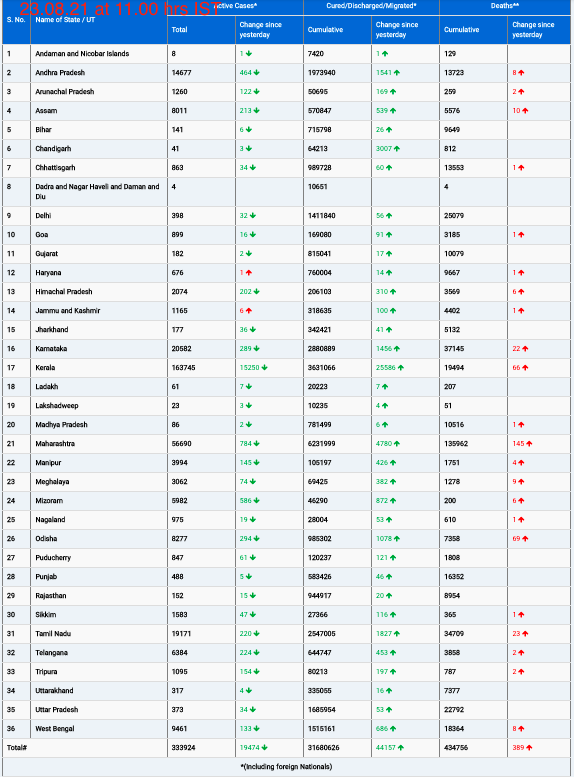In clinical settings, assessing a patient’s weight-related health risks is a routine yet critical task. For decades, the body mass index (BMI) has been the go-to measure for determining whether an individual’s weight poses potential health risks. However, the BMI has faced increasing criticism for its limitations. New research points to a promising alternative: the Body Roundness Index (BRI), which could offer a more accurate picture of health risks associated with obesity, especially those linked to abdominal fat.
Why Consider the BRI?
The BMI has been a convenient tool for physicians, using height and weight to classify individuals. However, BMI doesn’t account for body composition, such as muscle mass or fat distribution, and has limitations in distinguishing between fat and muscle. Notably, it can classify highly muscular individuals, such as bodybuilders, as obese. Furthermore, it fails to provide details about fat location in the body — for example, around the abdomen, which is more strongly associated with health risks.
To address these issues, researchers like Dr. Diana Thomas and Dr. Manfred Müller developed the Body Roundness Index in 2013. The BRI aims to quantify a person’s “roundness” by considering waist circumference relative to height rather than weight. According to Thomas and Müller, this shift better identifies those at risk of obesity-related diseases, such as cardiovascular conditions and diabetes.
The Growing Support for BRI
Recent studies have bolstered the case for BRI. In June, researchers from Beijing University of Chinese Medicine identified a “U-shaped” relationship between BRI and mortality, suggesting that both very high and very low BRI values are linked with an elevated risk of death. “The BRI could potentially be a useful indicator of overall mortality,” noted Dr. Xiaoqian Zhang, the study’s lead author.
In September, another study published in the Journal of the American Heart Association highlighted BRI’s role in predicting cardiovascular diseases. The research, led by Dr. Man Yang of Nanjing Medical University, concluded that individuals with persistently high BRI were at increased risk of developing cardiovascular conditions. “This index could be used as a predictive factor for cardiovascular disease,” Yang and colleagues suggested, reinforcing the potential of BRI as a screening tool.
Limitations and the Need for Validation
Despite the promise, transitioning from BMI to BRI isn’t without challenges. Dr. Thomas, one of BRI’s creators, noted the deeply embedded role of BMI in healthcare systems. “Our entire medical system has been built around the BMI,” she explained, referencing its use in children’s growth charts and dosage recommendations. Such fundamental changes would require rigorous validation across diverse populations.
Moreover, even if BRI proves a better clinical tool, researchers like Müller warn that it may not be suitable for research applications. “These invented anthropometric measures have no biological basis, which can harm obesity research,” Müller stated. To study obesity-related diseases effectively, methods like MRI or CT scans for measuring visceral fat are essential, as they offer a more direct assessment of fat type and location, which BMI and BRI cannot provide.
Future Implications for BRI
Experts agree that BRI’s potential as a clinical tool is worth exploring. Although it may not yet replace BMI, it could provide an additional, valuable metric for physicians to assess health risks, particularly in cases where BMI falls short. Dr. Yang’s research team is optimistic, suggesting that BRI’s use could extend beyond individual assessments to broader applications in preventive healthcare.
Ultimately, while BMI has proven useful in simplifying the identification of obesity-related health risks, the BRI could offer a more nuanced approach, especially for conditions associated with abdominal fat. However, widespread adoption would require validation studies across diverse age groups, ethnicities, and health profiles. For now, BRI may serve as a complementary measure, providing additional insights in patient care while the scientific community further examines its long-term viability.










